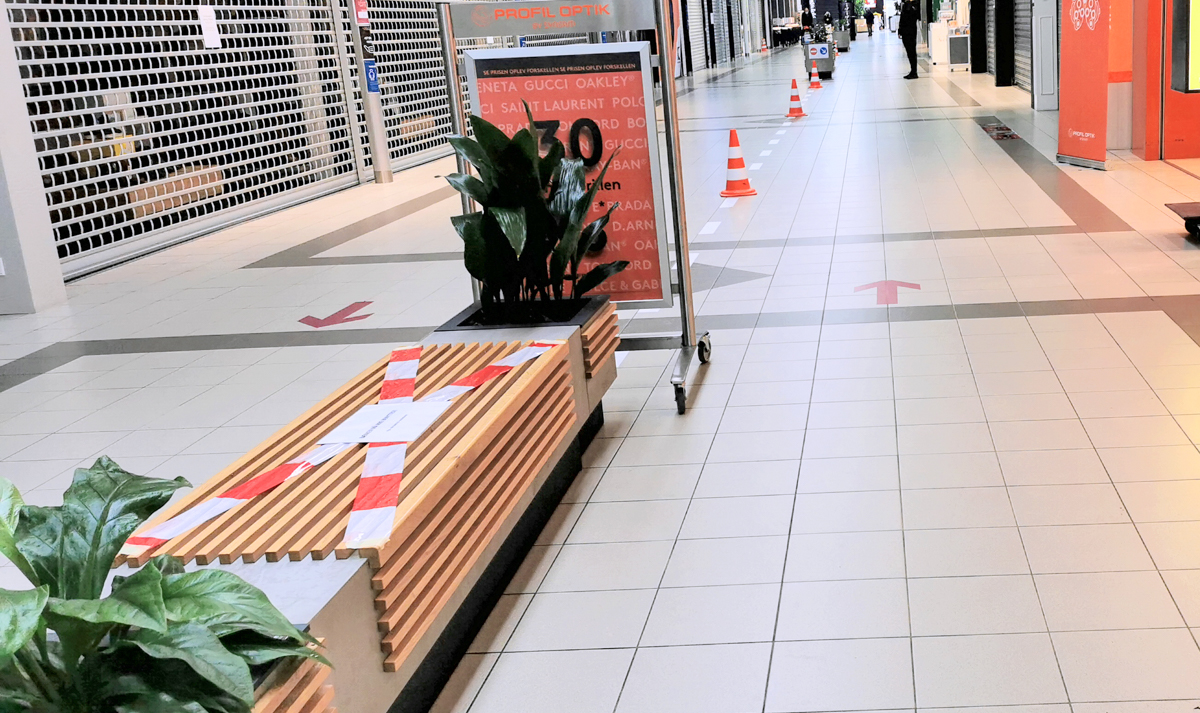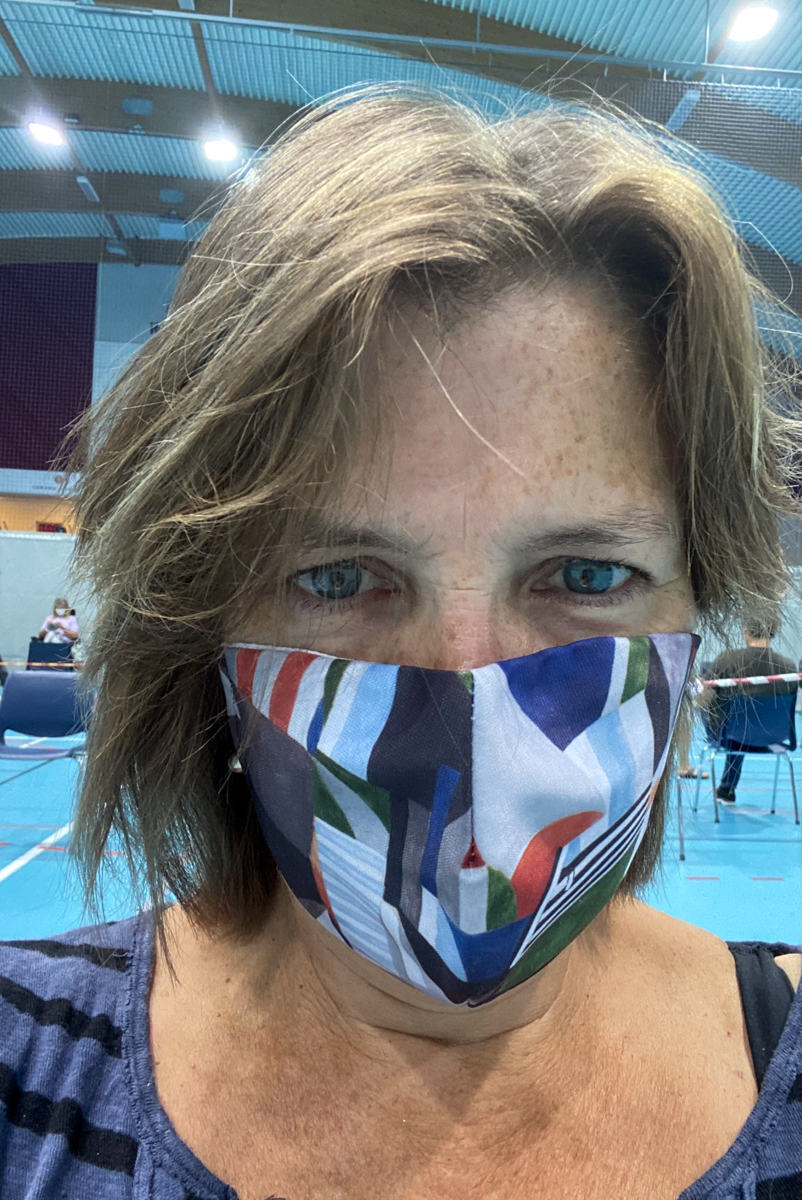– The Norwegian 'dugnad' is a cultural practice of voluntary work carried out as a community, Professor Susan Lee Nacey at Inland Norway University of Applied Sciences explains.
On 12 March 2020, just after 2 p.m., Erna Solberg stepped behind the rostrum in the government quarter. She spoke for six minutes. The main message was that they were shutting down the country.
– It is absolutely crucial that all the country's inhabitants participate in a dugnad (collective effort) to slow down the spread, the Prime Minister told us.
One-sixth of the speech was devoted to the dugnad metaphor.
– This gives an indication of the perceived significance of the word 'dugnad' on such a historic occasion, says Susan Lee Nacey.
She has taken a closer look at the support, or lack thereof, that the dugnad metaphor received in Norway during the first year of the pandemic.
'Dugnad' or 'war'?

Susan is a metaphor researcher. She is one of several researchers who study metaphors, and their usage, around the world.
When the pandemic broke out, many of these researchers became interested in how COVID-19 was described internationally. Metaphors were used to convey the severity of the situation and to urge collective action.
The most common metaphor used was 'war'. Many countries chose to declare war on the pandemic. Norway chose to approach it as a dugnad.
– It can be problematic and frightening to use war metaphors in the fight against COVID-19. How do you explain that to children, for example, Susan Nacey wonders.
Examining the use of the term 'dugnad' in Norway became Susan's contribution to this research on metaphor usage during the pandemic.
For the recently published article 'The Norwegian Dugnad in Times of COVID-19', she used a corpus, a collection of texts from Norwegian newspapers.
She went through articles from Aftenposten, VG, and Dagbladet from March 2020 to June 2021 where the term 'dugnad' was used. Nacey looked at who used the term, whether it was positively received, or if there was resistance to the concept.
Dugnad was a significant part of the language during the pandemic. The government used it most in March, April, and a bit in May. After that, they almost stopped using it, but it did not die out. It lived on in Norwegian newspapers.
Solidarity and self-interest
The word 'dugnad' has been used for many hundreds of years in Norway and resonates strongly with us. We understand what it entails. It is almost ingrained in us from birth.
The measures that Erna Solberg announced on 12 March four years ago were the most intrusive in Norway during peacetime. The measures directly impacted everyone's personal freedom and daily life. Schools and kindergartens were closed, and we had to stay home to limit the spread of infection.
Erna said that we should participate in the dugnad in solidarity with the elderly, chronically ill, and others who are particularly vulnerable to developing severe illness. We were also to avoid getting infected ourselves.

This goes straight to the heart of what we mean by dugnad.
– Dugnad has an element of self-interest, even though you are making an effort for the community. You benefit from what you do yourself. It is about solidarity, but it also gives you advantages, explains the professor at INN University.
Susan Nacey has spent over a page in her article explaining what we Norwegians mean by the rather simple word 'dugnad'.
– The dugnad is egalitarian. Everyone participates with what they have and can, and we all share a common goal with the dugnad. It is also very time-limited. Dugnad is social and inclusive. You have no obligation to participate in a dugnad, except morally. It is voluntary, but not entirely voluntary, summarises Susan Nacey.
Erna Solberg used the word 'dugnad' the most among the government members, followed by Minister of Health Bent Høie and Minister of Justice Monica Mæland.

Dugnad struck a chord with us Norwegians
Pressing the 'dugnad button' met an immediate and strong positive response in the public discourse.
Susan Nacey's main conclusion is that this was a success.
– What I have found is that there was a lot of support for using the word 'dugnad'. We embraced the use of dugnad from the authorities, says Nacey.

– There were many who were scared, and also many who were affected with sick parents or grandparents. These people asked others to join the dugnad to help out. There was a lot of heart-wrenching support for acting in solidarity, she continues.
But despite the fact that most of the texts where the concept of dugnad was used were received positively, resistance to the use of the word emerged quite early.
– I did not expect that. Some were critical of calling this a dugnad since the measures were mandatory. We were not allowed to do anything else than what we were instructed to do, Nacey explains.
This dugnad was not social either – rather the opposite. And it lasted 'forever'.
– What did not work with the word dugnad was that we did not see an end point. One of the characteristics of a dugnad is that it is clearly time-limited. They are usually short, and we know when they start and end, according to Susan Nacey.
What created the most resistance at the beginning against calling it a dugnad, however, was the cabin ban that was introduced. People said that forbidding us to go to our cabins had nothing to do with dugnad.
Susan has not discovered who came up with using the term 'dugnad', but she has found that it was probably a smart move.
– I have thought a lot about whether it was wise or not to use 'dugnad'. I believe it was wise. It provided an alternative to the war metaphor that is acceptable among the Norwegian people, something that does not frighten and that we understand, she concludes.
- Read the whole research article here: The Norwegian Dugnad in Times of COVID-19
Contact information:
- susan.nacey@inn.no
- Phone
- +47 62 51 76 28



